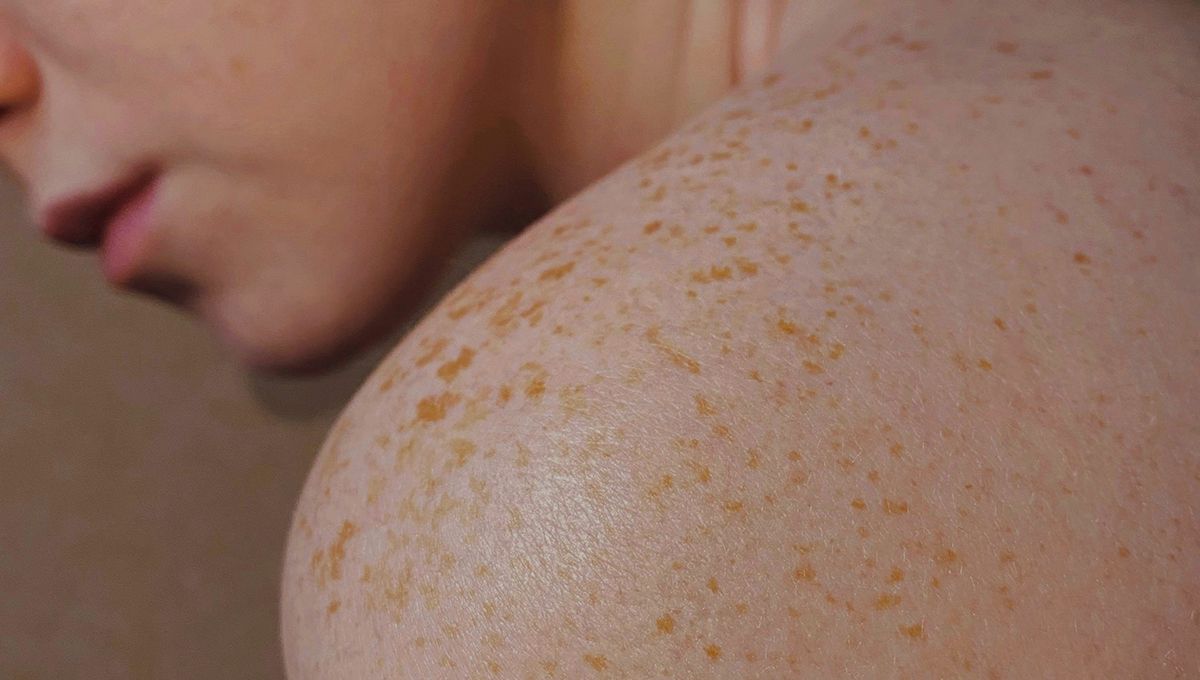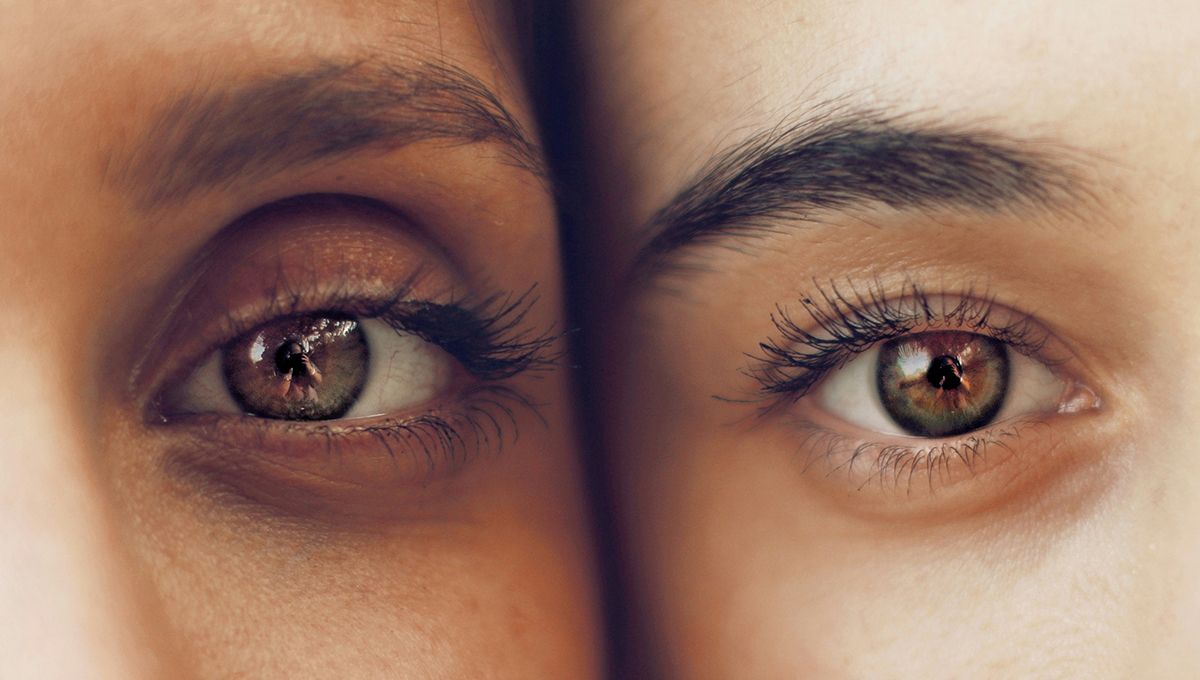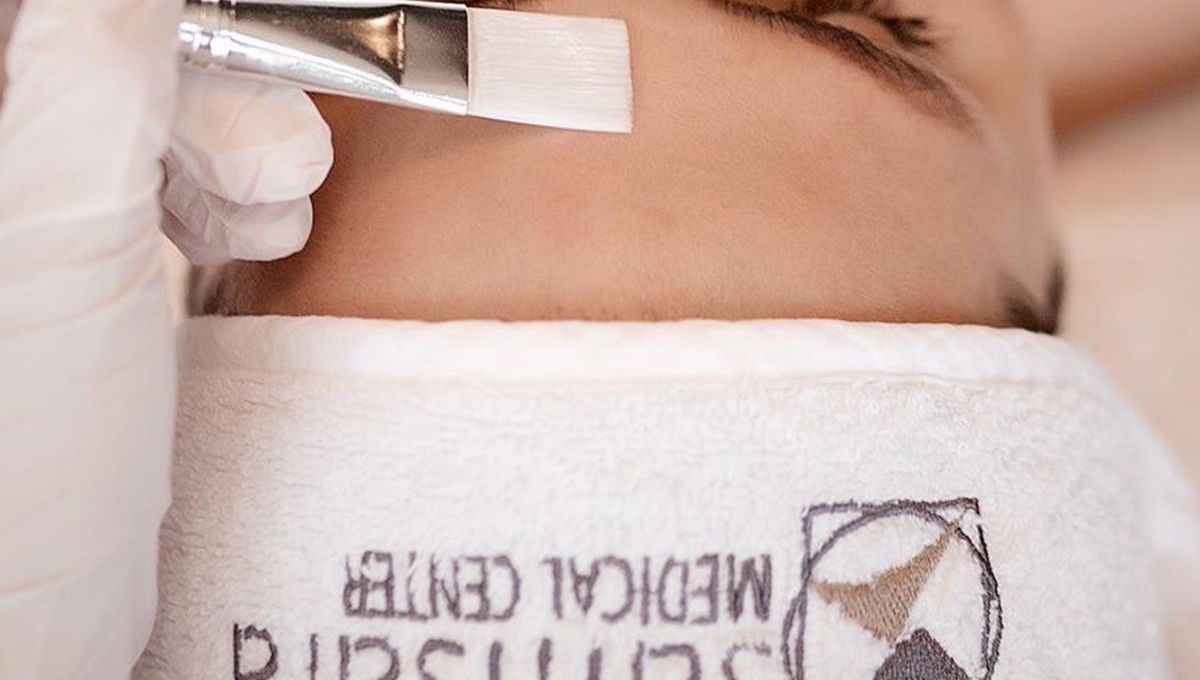
Hyaluronic acid fillers: everything you need to know
What is hyaluronic acid? What is hyaluronic acid filler? Which areas can we treat?
What is hyaluronic acid?
It is a substance naturally produced by our body and is essential for the skin and connective tissues. Its presence ensures elasticity, softness and hydration.
What is hyaluronic acid filler?
It is an injection treatment based on hyaluronic acid for the purpose of filling, unlike hyaluronic acid biorevititalisation, which is still an injection treatment but is intended for deep hydration without filling.
Which areas can we treat?
It is usually used on the so-called middle and lower thirds of the face. On these areas, filler is performed on the cheekbones, the nasolabial grooves, the lips (precisely), the so-called marionette wrinkles, the chin, and the mandibular profile. There are therefore many areas that can be worked on, with different objectives including filling, definition, correction of asymmetries, etc... There are also particular areas to be treated such as filler for dark circles, which in some cases can be treated with specific hyaluronic acids, as well as transversal neck wrinkles, or filler for the hands when they are particularly thin, which can be helped with a light filler without giving a plump effect, which sometimes characterises this treatment.
Are all fillers the same?
It is important to use the right filler. There are in fact hyaluronic acids of different densities that are better suited to certain areas: for example, the hands, neck and lachrymal grooves need extremely soft fillers, while more bony areas such as the cheekbones and mandibular angle need denser fillers that give rigidity to the treated area, where a bone-like effect should be created. Overly dense fillers cannot be adapted to delicate areas such as tear troughs because there will be excessive water recall and possible swelling. Choosing the right filler will help preserve the naturalness of the features!
How long does the filler last?
The duration of the filler depends on its density and the anatomical area: areas that are more mobile tend to reabsorb the filler more quickly; metabolism also has a significant impact. In general we talk about a period of between 6 and 12 months, but it varies from person to person.
For any curiosity or to schedule a no-obligation consultation, do not hesitate to contact our aesthetic medical centre in Lugano!
Photo by Dima Solomin on Unsplash









